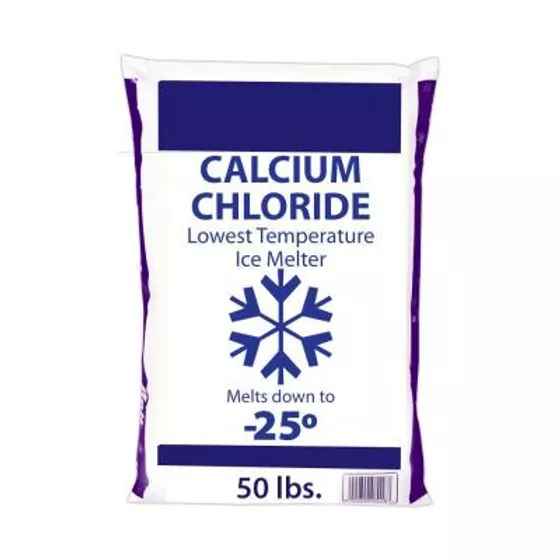If you’re using Rock Salt in these cold temperatures to melt ice, it won’t happen until things warm up!
Simply put, the reason ice melts when you spread Rock Salt (Sodium Chloride) on it is because the salt lowers the freezing point of water. However, this is only true when it’s above freezing, because the salt has to mix wqith water to drop it’s overall freezing temperature. When it’s below freezing there is no liquid water and all that Rock Salt really does is offer a gritty surface to increase traction.
Calcium (Calcium Chloride) on the other hand creates it own heat! Calcium chloride works at very low temperatures and isn’t as damaging to the soil and vegetation as sodium chloride, though it costs a bit more and may damage concrete. Calcium chloride attracts moisture, so it won’t keep surfaces as dry as many other products. On the other hand, attracting moisture can be a good quality since calcium chloride releases heat when it reacts with water, so it can melt snow and ice on contact.
In many cases one can actually hear ice begin cracking within seconds of Calcium being applied.

#beantown #rocksalt #calcium #calciumchloride #driveways #walks #ice #deicer
